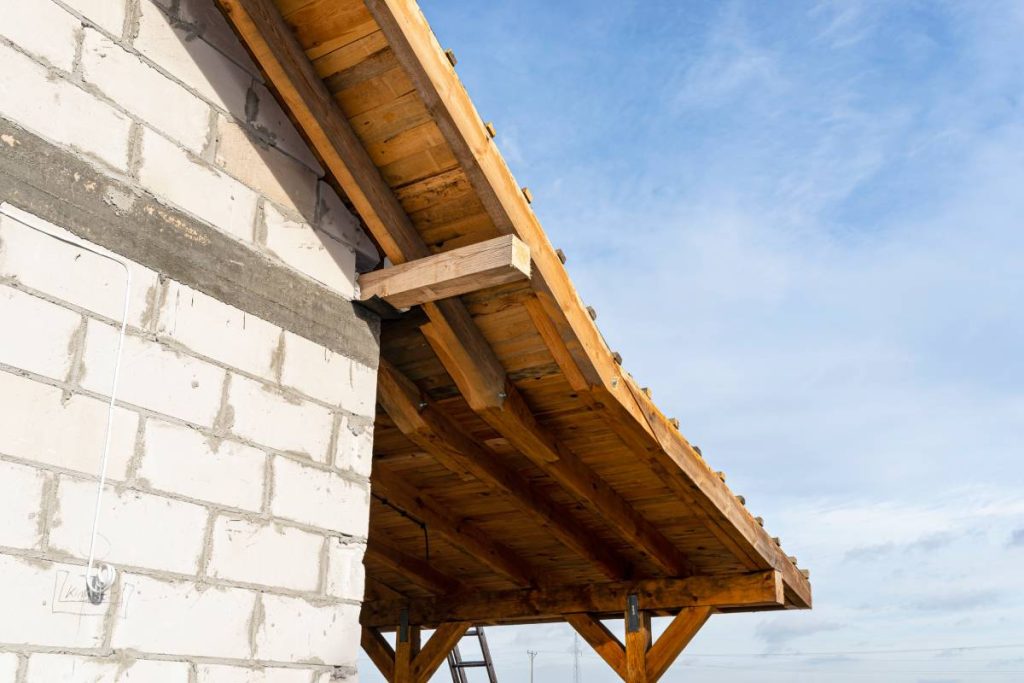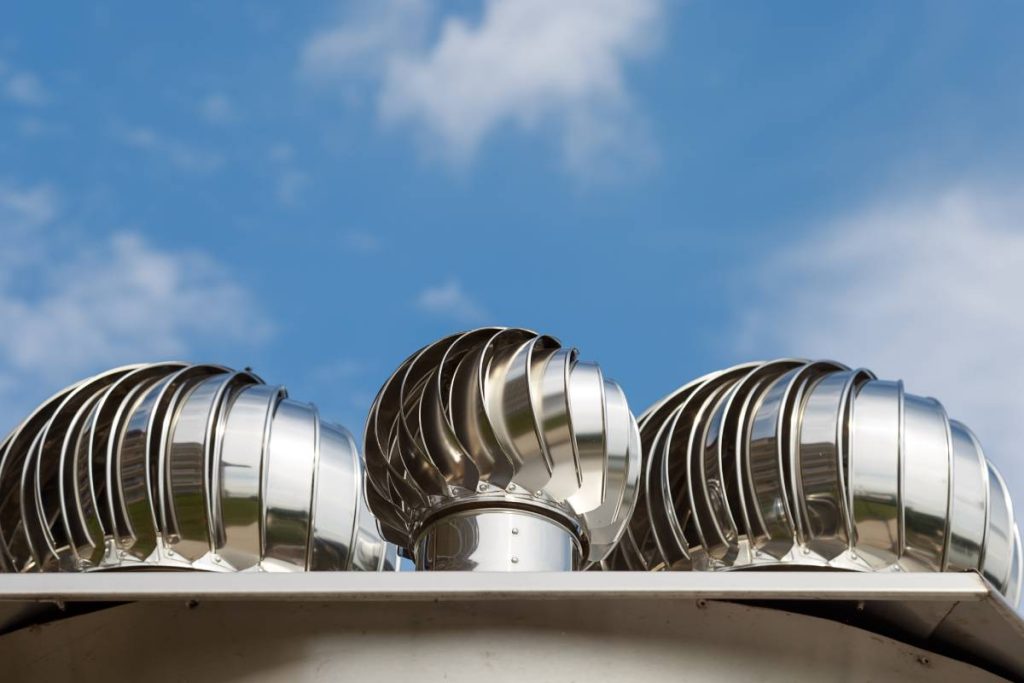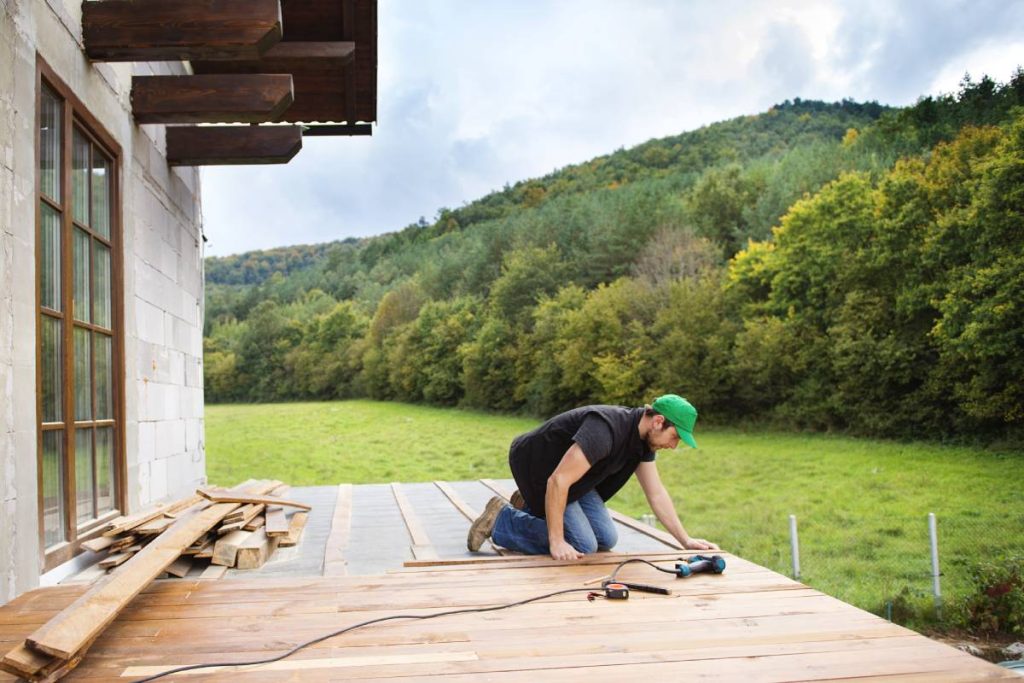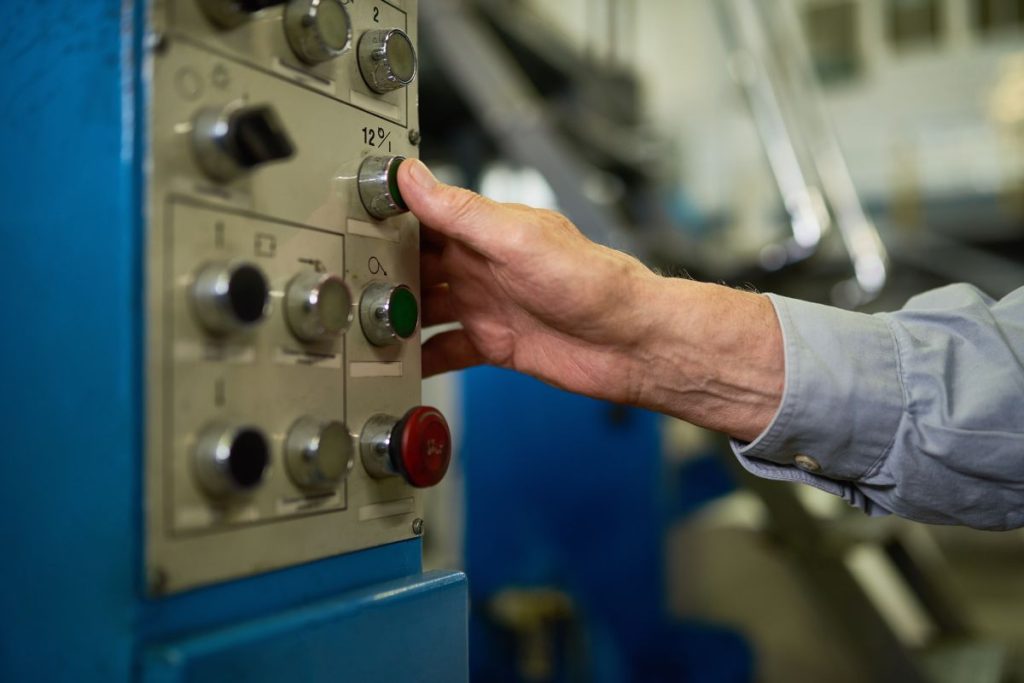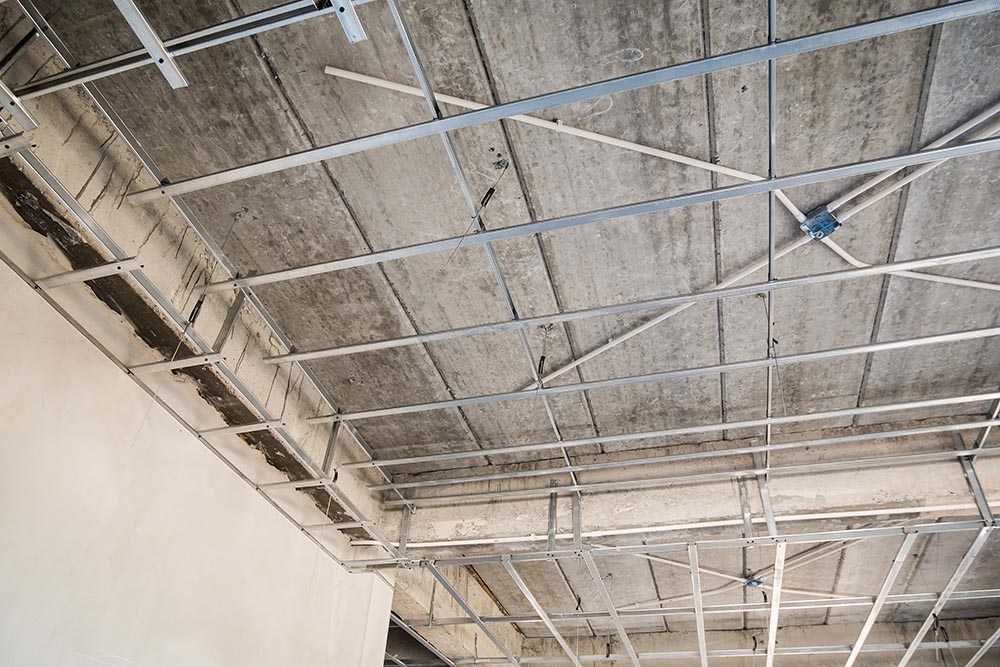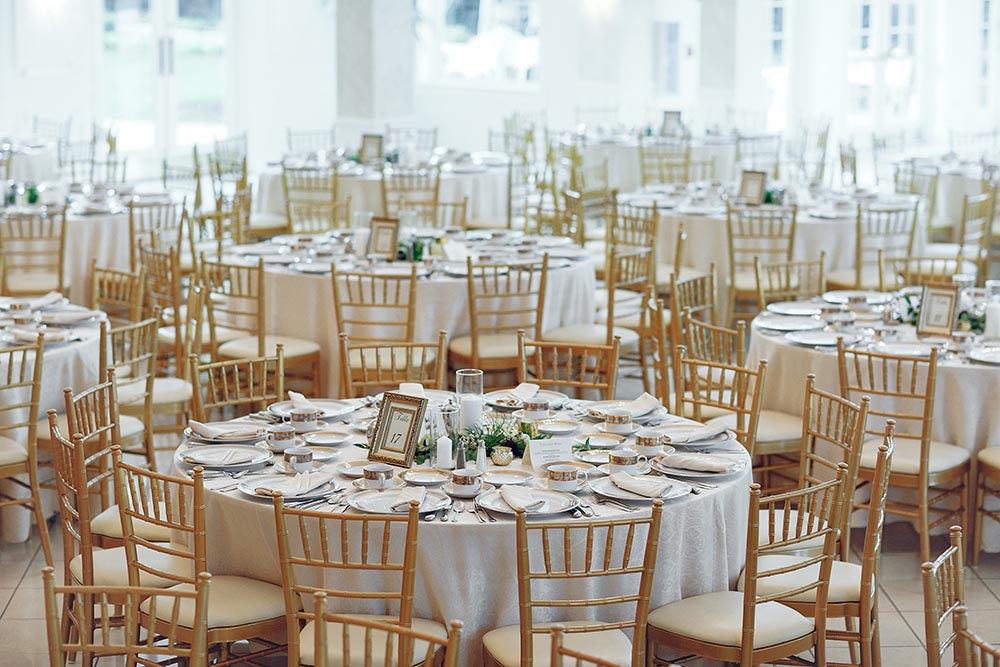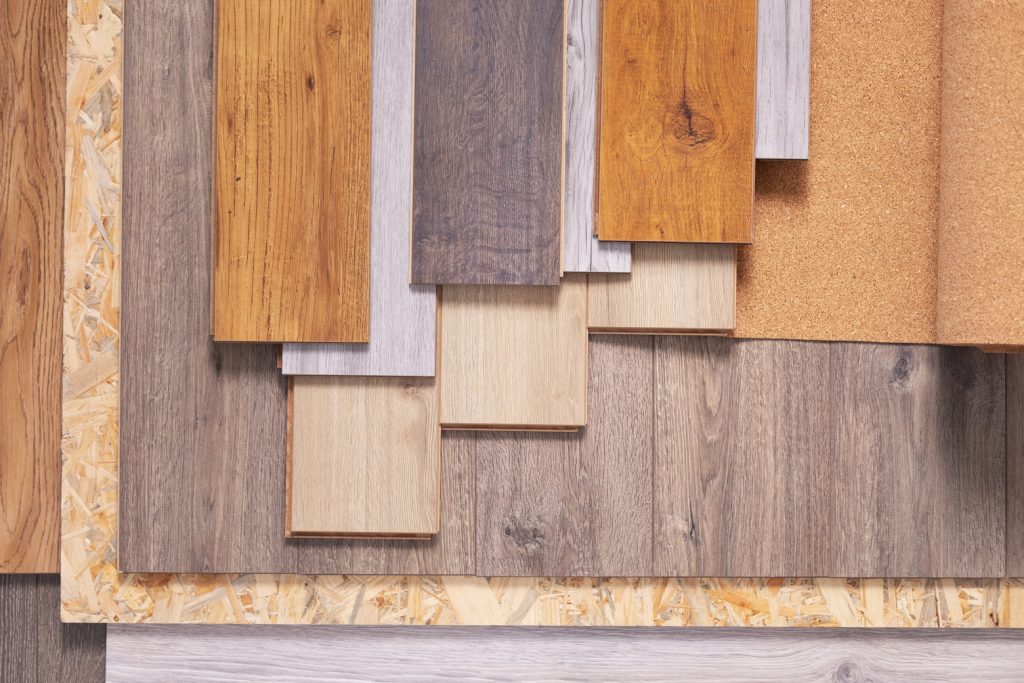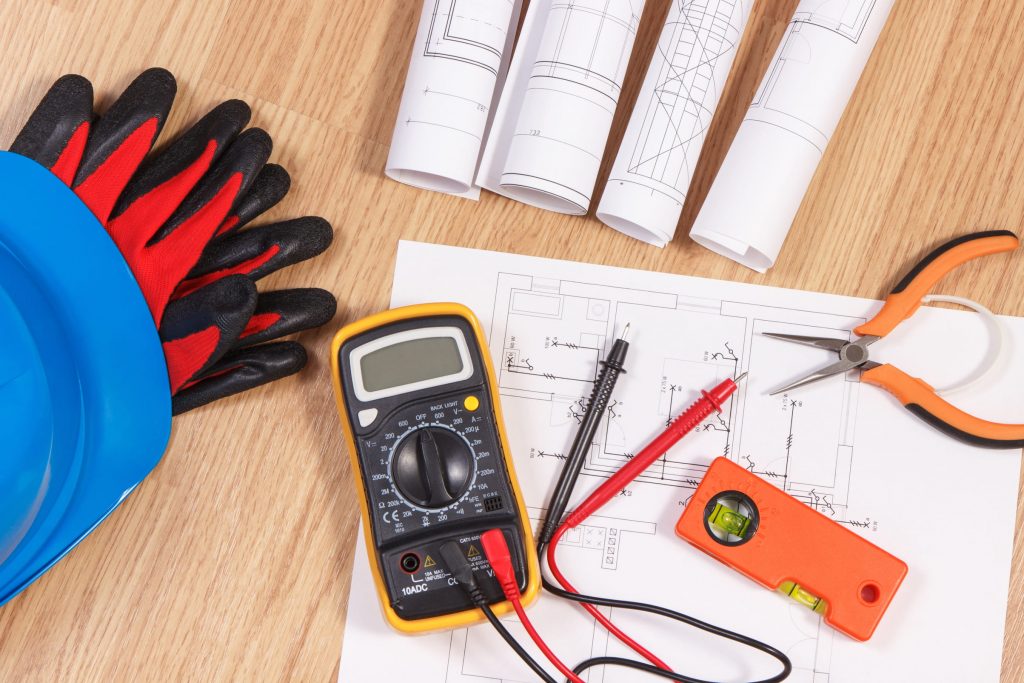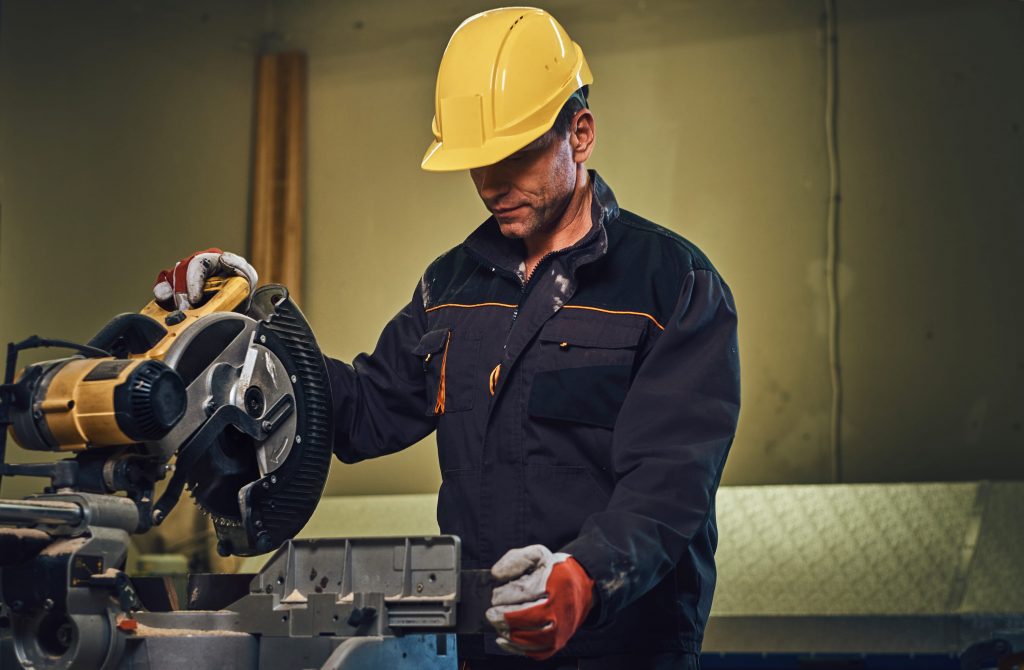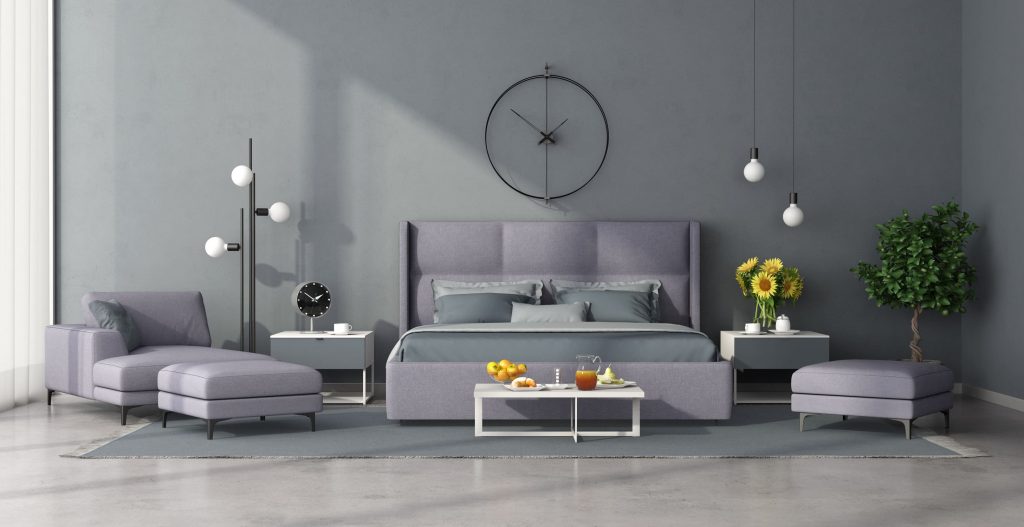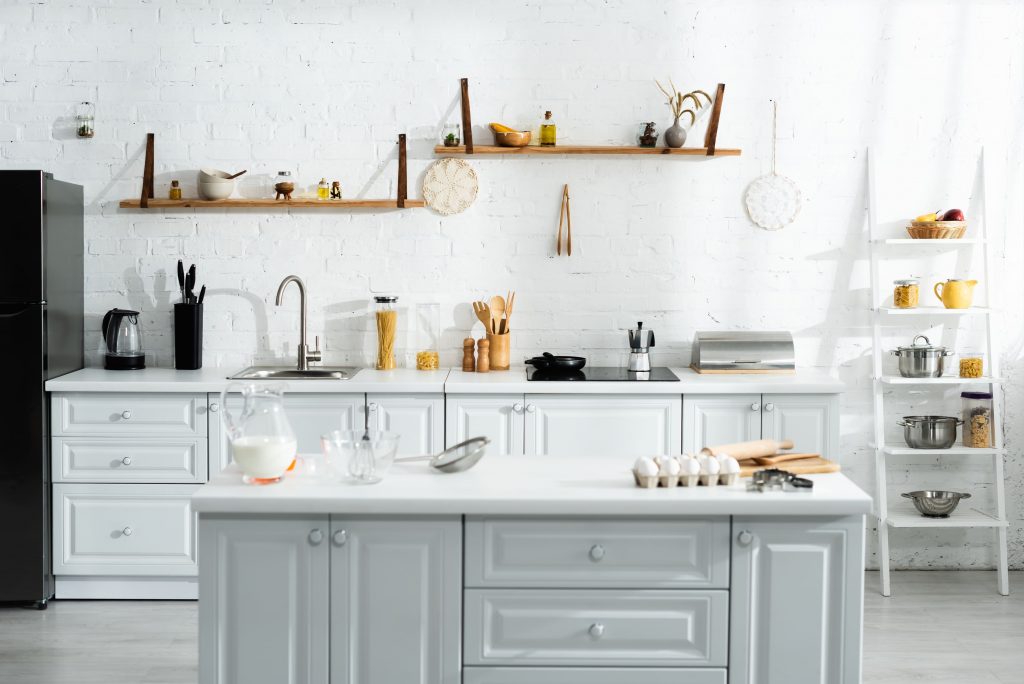Essential tips for choosing the right kitchen style for a new home
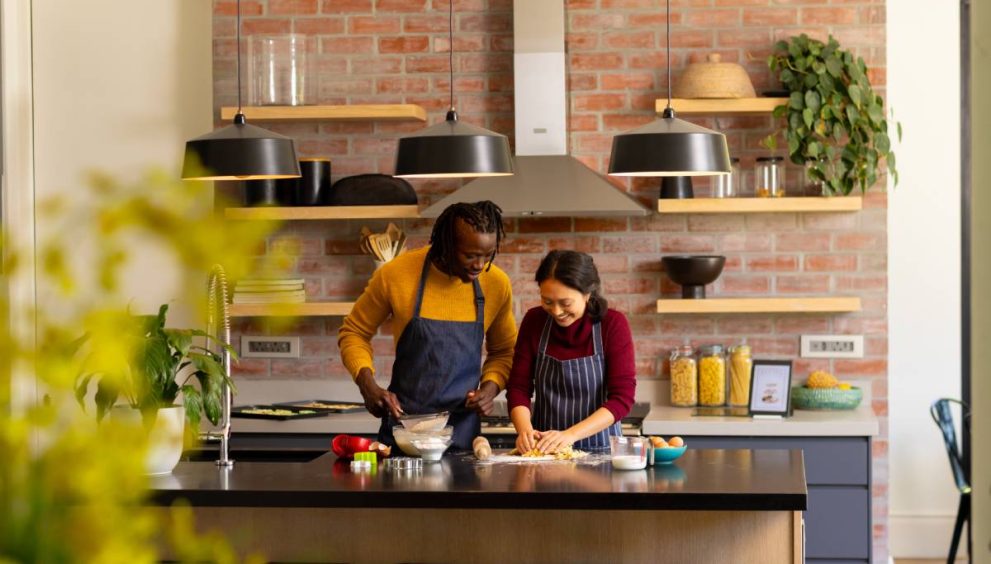
The kitchen is often referred to as the heart of the home, serving as a space not only for meal preparation but also for family gatherings, socializing, and even creativity.
Over the years, kitchen designs have evolved to meet the changing needs and lifestyles of homeowners. While traditional kitchens offer a timeless, cozy charm, modern kitchens are defined by sleek aesthetics, advanced technology, and functional efficiency.
In this article we will explore the key differences between modern and traditional kitchens, the role of ergonomics in creating a comfortable cooking environment, and the advantages and disadvantages of both designs.
What is the Difference Between a Modern Kitchen and a Normal Kitchen?
A kitchen is an essential part of every home, providing a space for preparing meals, entertaining guests, and spending time with family.
Over time, kitchens have evolved, and today we see a clear distinction between modern kitchens and traditional kitchens. Both types of kitchens serve the same basic purpose, but they differ in terms of design, functionality, technology, and efficiency.
Modern Kitchens
Modern kitchens are characterized by sleek, minimalistic designs, advanced technology, and efficient layouts. They often incorporate clean lines, high end materials like stainless steel, glass, and stone, and a range of built-in appliances designed to make cooking and cleaning easier. The modern kitchen emphasizes functionality, convenience, and aesthetic appeal.
Key features of modern kitchens include:
- Open Floor Plans: Modern kitchens often blend seamlessly with living spaces, creating a more social and accessible environment.
- Smart Technology: Modern kitchens frequently feature smart appliances, such as ovens, refrigerators, and dishwashers that can be controlled remotely or have self-cleaning functions.
- Minimalist Design: Cabinets and countertops are sleek, with little to no visible handles or excessive detailing. Open shelving is popular for easy access to items.
- High-Quality Materials: Materials like marble, granite, and stainless steel dominate modern kitchen designs. These surfaces are durable, easy to clean, and give a polished, upscale appearance.
Traditional Kitchens:
Traditional kitchens, on the other hand, have a more classic, timeless feel. They often feature intricate woodwork, rustic finishes, and a warm, cozy atmosphere. Traditional kitchens are focused on creating a comfortable and homely space with an emphasis on craftsmanship.
Key features of traditional kitchens include
- Rich Wood Cabinetry:
Traditional kitchens feature custom wood cabinets made from materials like oak, cherry, or maple, often with intricate carvings or raised panel designs. - Classic Appliances:
While modern appliances are used, traditional kitchens tend to have larger, standalone appliances, lacking the advanced integrated technology found in modern kitchens. - Cozy, Classic Aesthetic:
The design focuses on warmth and comfort, with warm colors, soft lighting, and furniture-style cabinetry. - Structured Layouts:
Traditional kitchens typically have more defined areas for cooking, cleaning, and storage, with a separate layout for each task.
Why is Ergonomics Important in the Kitchen?
Ergonomics refers to the science of designing workspaces and products to fit the user’s needs, thereby maximizing comfort, efficiency, and safety.
In the context of the kitchen ergonomics is vital because it ensures that kitchen tasks are performed in a manner that reduces strain on the body, minimizes risk of injury, and promotes a smooth cooking experience.
Prevents Strain and Injury
Kitchens involve repetitive tasks, from chopping vegetables to bending over to access lower cabinets. Poor design, such as low countertops or improperly positioned appliances, can result in back, neck, or shoulder strain over time.
Proper ergonomic design helps avoid these issues by ensuring that everything is at the appropriate height and within easy reach.
Increases Efficiency
An ergonomic layout allows the cook to work quickly and efficiently, minimizing unnecessary movements and maximizing space.
For example, keeping frequently used items within arm’s reach or arranging kitchen tools in an organized manner can save time and effort during meal prep.
Improves Comfort and Health
A well designed ergonomic kitchen reduces the need for bending, reaching, or twisting in uncomfortable positions. By providing the right support and ensuring easy access to utensils and ingredients, ergonomics promotes long-term health and comfort.
Enhances Safety
Ergonomically designed kitchens reduce the risk of accidents and injuries. Sharp knives, hot stoves, and slippery floors can pose a threat, but an ergonomic design can help prevent accidents by keeping everything in its place and creating a safer environment for cooking.
Supports Different Users
Kitchens need to cater to a variety of people, from children to elderly individuals. By considering ergonomics kitchen designs can accommodate everyone’s needs, making it more inclusive and functional for all users.
What Are the Advantages and Disadvantages of a Modern Kitchen Compared to a Traditional Kitchen?
Both modern and traditional kitchens have their own sets of advantages and disadvantages. When considering which design to choose, it’s essential to weigh the pros and cons based on your needs, preferences, and lifestyle.
Advantages of a Modern Kitchen:
- Sleek Design: Modern kitchens have a minimalist design with sleek lines, creating a cohesive aesthetic.
- Advanced Technology: Smart appliances like refrigerators and induction cooktops improve convenience and save time.
- Better Space Utilization: Innovative storage solutions maximize space, ideal for small homes.
- Increased Functionality: Appliances and work areas are placed strategically for better accessibility and reduced movement.
- Energy Efficiency: Energy-efficient appliances help reduce electricity and water consumption, making modern kitchens eco-friendly.
Disadvantages of a Modern Kitchen:
- High Initial Cost: Modern kitchens are more expensive to install due to sleek materials and advanced technology.
- Cold and Impersonal Feel: The minimalist design of modern kitchens can sometimes feel cold or sterile, lacking warmth and character.
- Maintenance and Repair Costs: Advanced technology and specialized materials often lead to higher maintenance and repair costs for modern kitchens.
- Limited Customization: Modern kitchens offer less flexibility for customization, making them less ideal for those wanting a more personalized or antique-style space.
Advantages of a Traditional Kitchen
- Warm and Inviting Atmosphere: Traditional kitchens offer a cozy, welcoming feel with natural wood, warm colors, and classic designs, enhancing the cooking and dining experience.
- Timeless Appeal: The classic design of traditional kitchens remains stylish and valuable, standing the test of time.
- Customization Options: Traditional kitchens allow for more personalization, with flexibility in cabinetry, flooring, and decor choices.
- Durable and Long-lasting Materials: Built with high-quality wood and durable materials, traditional kitchens are made to last and require minimal updates with proper care.
Disadvantages of a Traditional Kitchen:
- Less Efficient Layout: Traditional kitchens may not focus on space efficiency, leading to more movement while cooking due to deeper cabinets and scattered appliances.
- Limited Technological Features: Traditional kitchens often lack advanced technology like smart appliances and voice-controlled systems.
- Higher Maintenance: Wood and natural materials in traditional kitchens require regular upkeep, such as polishing and managing wear and tear.
- Less Space Efficiency: Without modern organizational features, traditional kitchens may result in cluttered countertops and disorganized storage.
Flooring to Use in a House
Choosing the right flooring for your home is important for functionality, durability, and style. Each type of flooring suits different needs and enhances the atmosphere of specific rooms. Here are common flooring options and their ideal uses
Conclusion
The choice between a modern and traditional kitchen depends largely on personal preferences, lifestyle, and budget.
Modern kitchens are ideal for those who prioritize sleek designs, advanced technology, and space efficiency, while traditional kitchens appeal to those who value warmth, craftsmanship, and timeless aesthetics.
Whichever you choose, it’s important to consider factors like ergonomics, functionality, and long-term maintenance to ensure that your kitchen is both beautiful and practical.

 English
English 




































